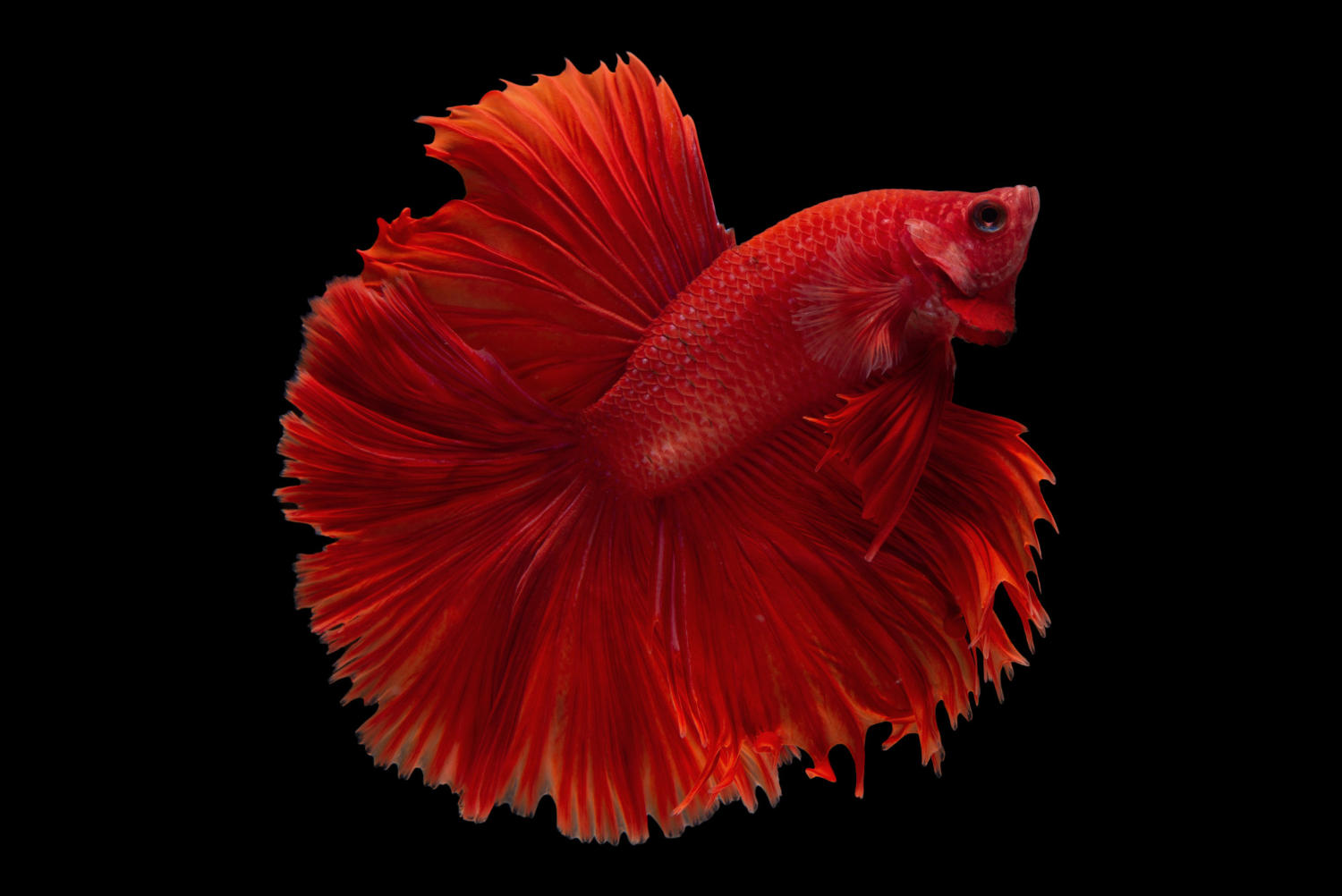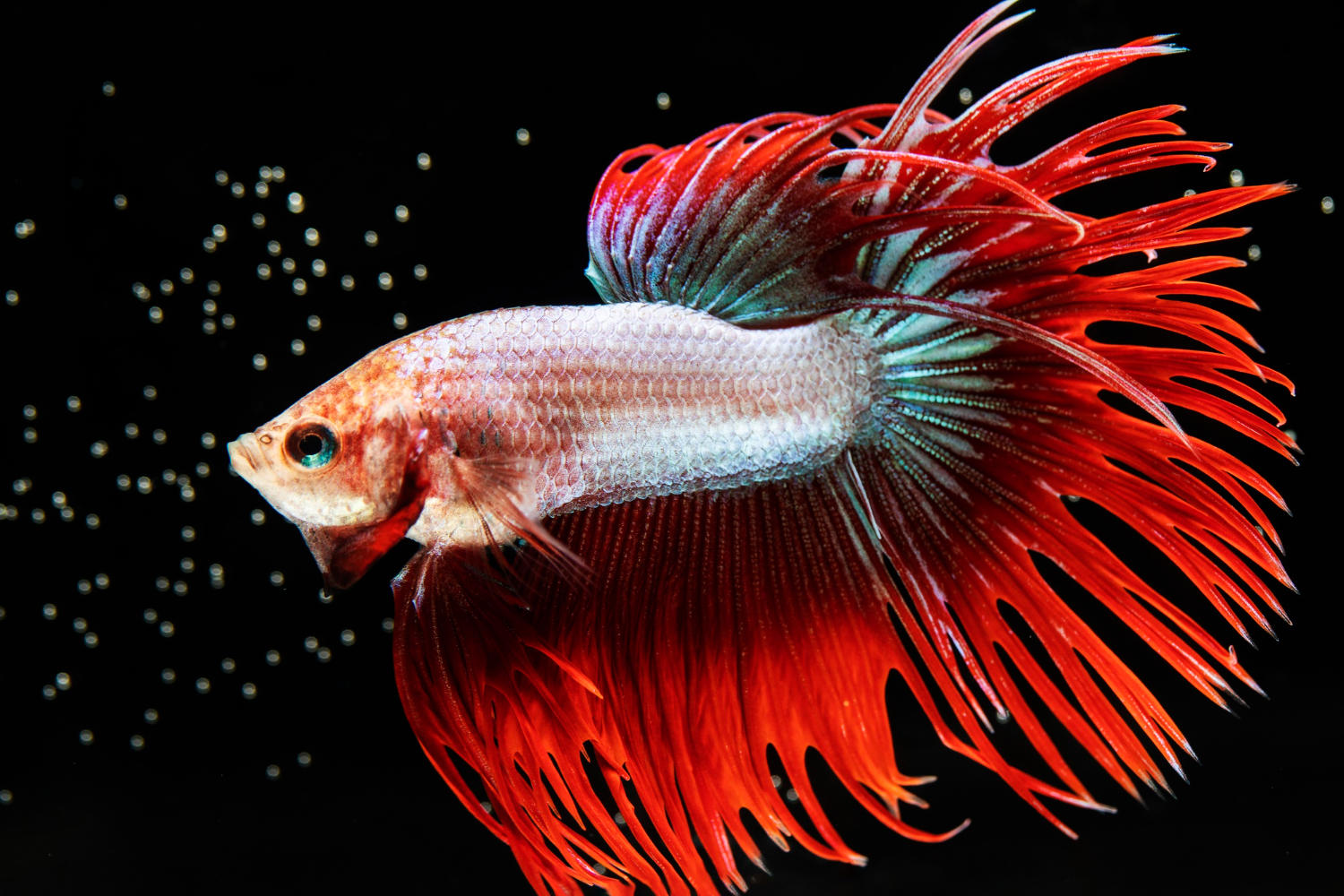If you’re an aquarium enthusiast, nothing is more frustrating than seeing your beloved fish fall ill. Unfortunately, fish are susceptible to a variety of diseases, ranging from minor infections to serious illnesses that can wipe out an entire tank. As a responsible fish owner, it’s essential to understand the most common diseases that fish can get and how to spot the symptoms early. In this guide, we’ll take a closer look at some of the most prevalent fish diseases and offer tips on how to prevent them from affecting your aquatic pets. So, let’s dive in and learn how to keep your fish healthy and happy!
Fish are one of the most popular pets among hobbyists. They are easy to care for, and they come in an endless variety of shapes, sizes, and colors. However, like all living creatures, fish are susceptible to disease. In this guide, we will explore some of the most common diseases that affect fish and what you can do to prevent them.
1. Ich
Ich, also known as white spot disease, is one of the most common diseases that affect fish. It is caused by a parasite that attaches itself to the fish’s skin and gills. The parasite then forms small white spots on the fish’s body, which can quickly spread and cause serious health problems.
Symptoms: White spots on the fish’s body, clamped fins, and rapid breathing.
Treatment: Ich can be treated with medication. You can also increase the water temperature to between 82°F and 86°F for a few days to speed up the parasite’s life cycle.
Prevention: To prevent ich, you should maintain good water quality, avoid overcrowding your tank, and quarantine new fish before adding them to your main tank.
2. Fin Rot
Fin rot is a bacterial infection that affects the fins and tail of fish. It is caused by poor water quality and stress, which weaken the fish’s immune system and make it more susceptible to infection.
Symptoms: Fins and tail appear frayed or ragged, and the fish may become lethargic.
Treatment: Fin rot can be treated with medication. You should also improve water quality by performing regular water changes and removing any uneaten food or debris from the tank.
Prevention: To prevent fin rot, you should maintain good water quality, avoid overcrowding your tank, and provide your fish with a balanced diet.
3. Dropsy
Dropsy is a bacterial infection that affects the fish’s internal organs, causing them to swell. It is usually caused by poor water quality, stress, or a weakened immune system.

Symptoms: Swollen abdomen, bulging eyes, and lethargy.
Treatment: Dropsy can be difficult to treat, and it is often fatal. However, you can try treating it with antibiotics and improving water quality.
Prevention: To prevent dropsy, you should maintain good water quality, avoid overcrowding your tank, and provide your fish with a balanced diet.
4. Velvet
Velvet is a parasitic infection that affects the fish’s skin and gills. It is caused by a microscopic parasite that appears as a fine, yellowish dust on the fish’s body.
Symptoms: Golden or rust-colored dust on the fish’s body, rapid breathing, and lethargy.
Treatment: Velvet can be treated with medication. You should also improve water quality by performing regular water changes and removing any uneaten food or debris from the tank.
Prevention: To prevent velvet, you should maintain good water quality, avoid overcrowding your tank, and quarantine new fish before adding them to your main tank.
5. Swim Bladder Disease
Swim bladder disease is a condition that affects the fish’s ability to swim properly. It is caused by a variety of factors, including poor water quality, overfeeding, and genetics.
Symptoms: The fish may float to the surface or sink to the bottom of the tank, have difficulty swimming, and appear bloated.
Treatment: Swim bladder disease can be difficult to treat, and it may require surgery in severe cases. However, you can try treating it with medication and improving water quality.
Prevention: To prevent swim bladder disease, you should maintain good water quality, avoid overfeeding your fish, and provide them with a balanced diet.
Overall, keeping your fish healthy requires a combination of good water quality, a balanced diet, and proper care. By understanding the common diseases that affect fish and taking steps to prevent them, you can ensure that your fish live long, healthy lives. Remember to always consult with a veterinarian or an experienced fish keeper if you are unsure about any aspect of fish care.
In conclusion, taking care of your fish’s health is crucial for their well-being and longevity. By identifying and preventing common diseases, you can ensure that your fish remain healthy and happy. Remember to keep their environment clean, provide a balanced diet, and monitor their behavior for any signs of illness. By following these simple steps, you can be a responsible and caring fish owner. We hope this guide has been helpful in understanding common fish diseases and how to prevent them.


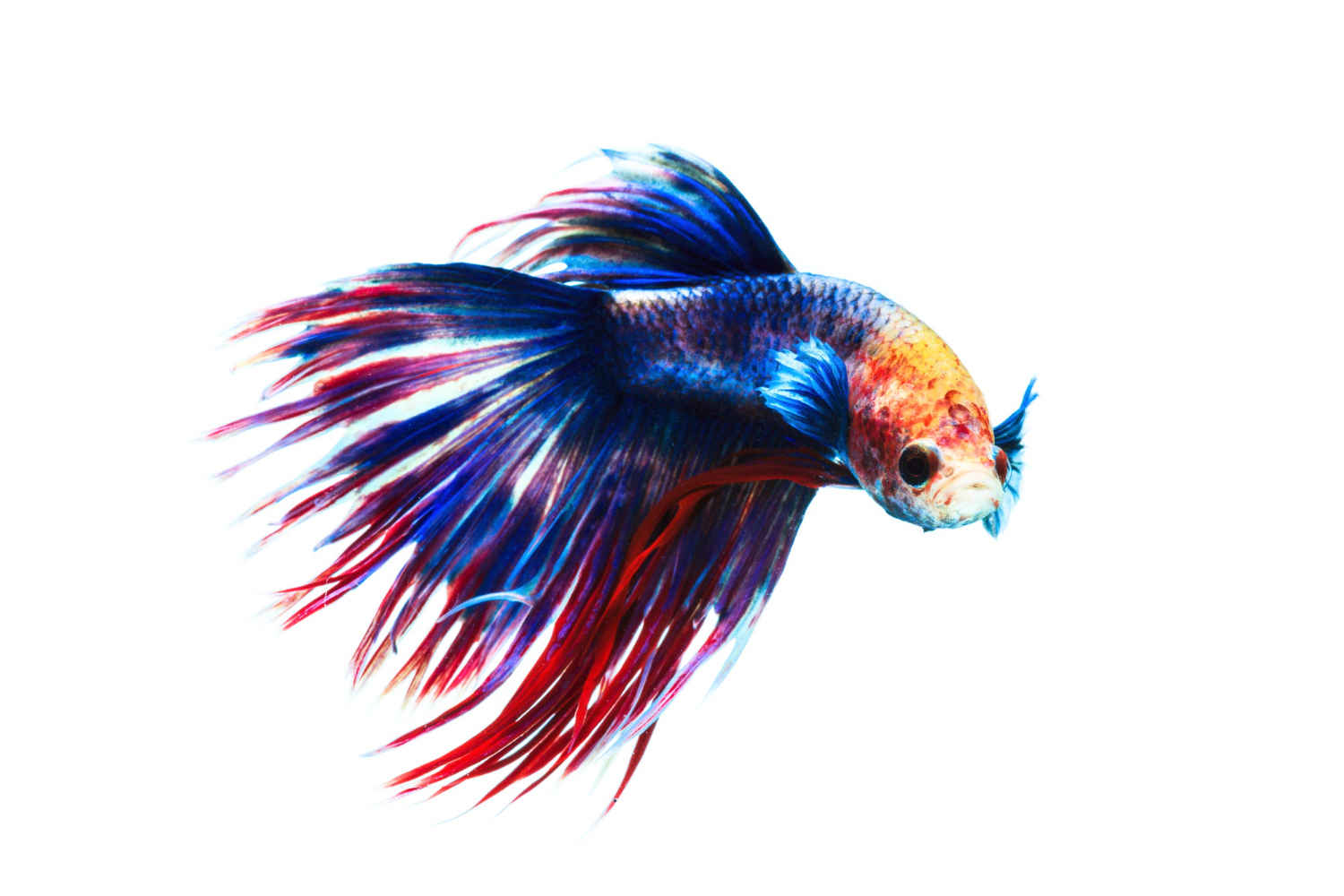
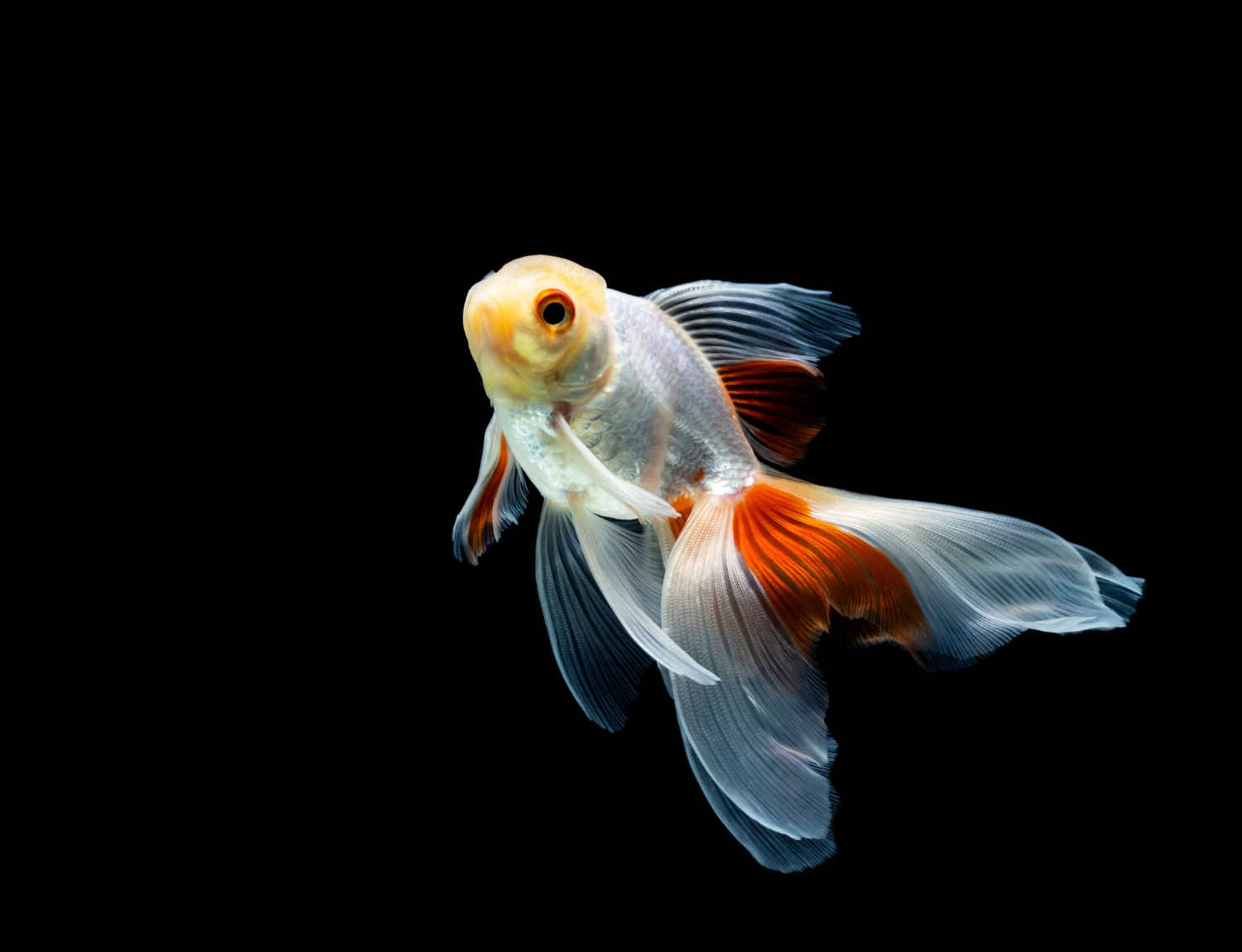
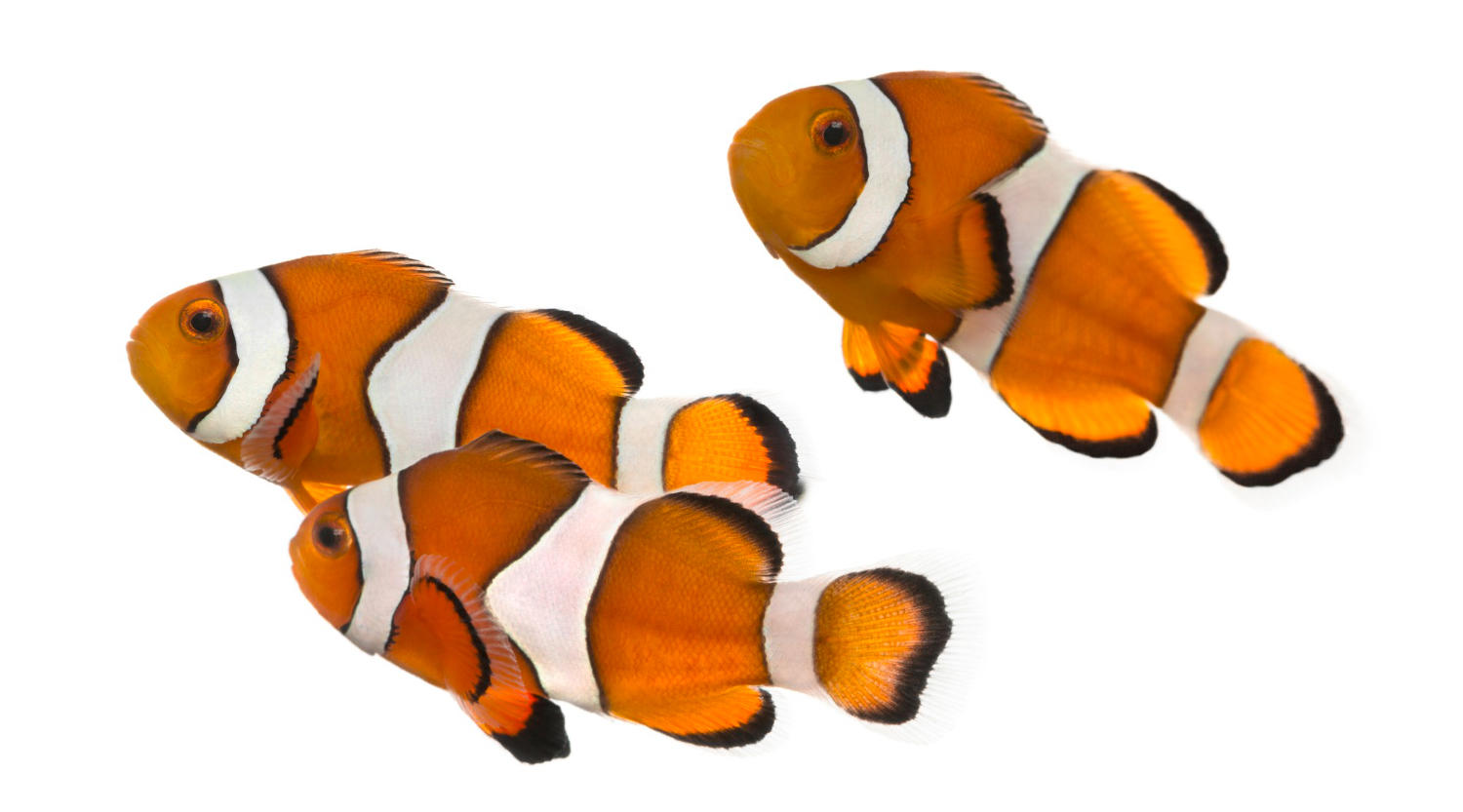
.jpg)
